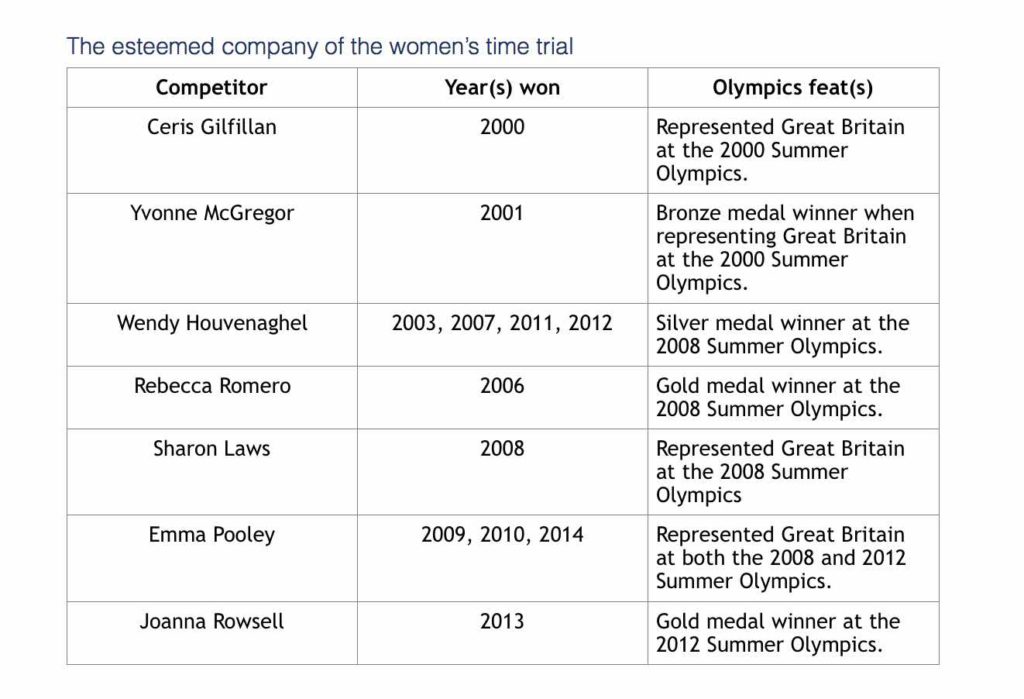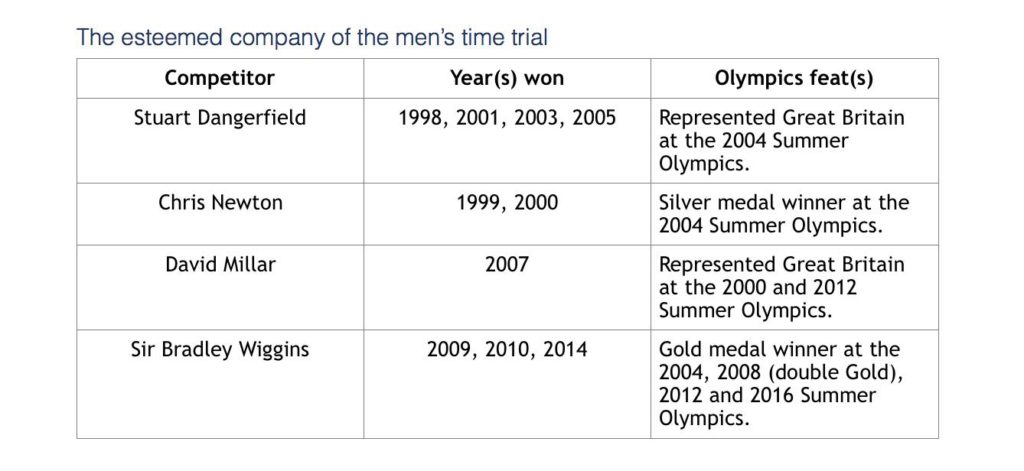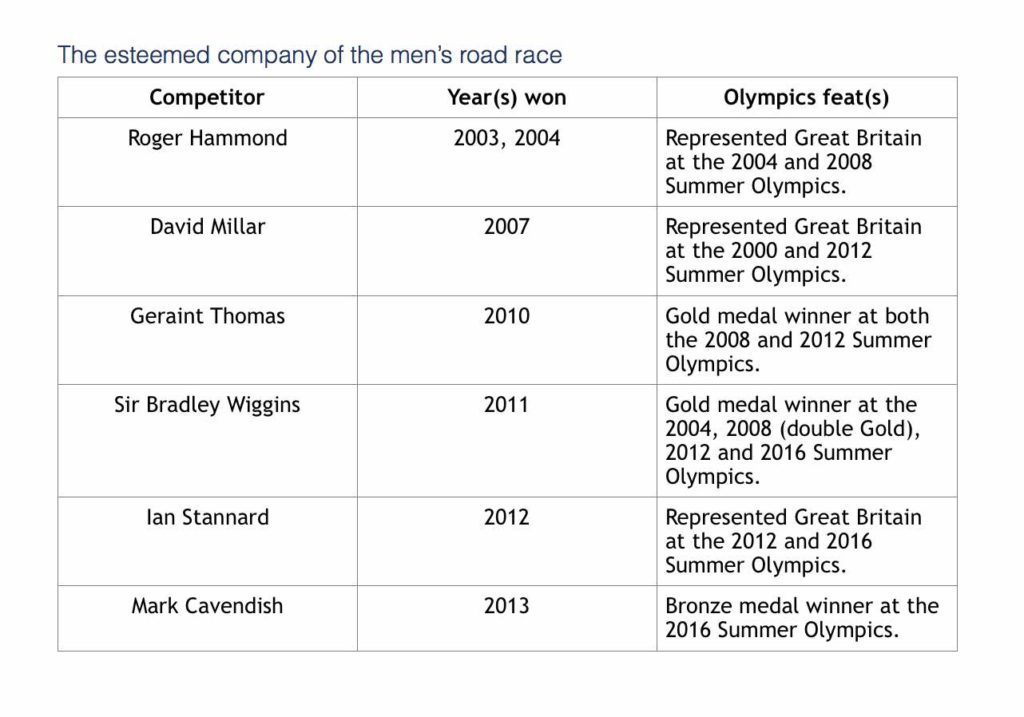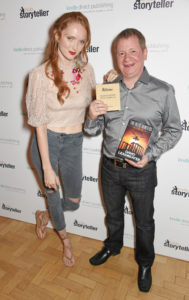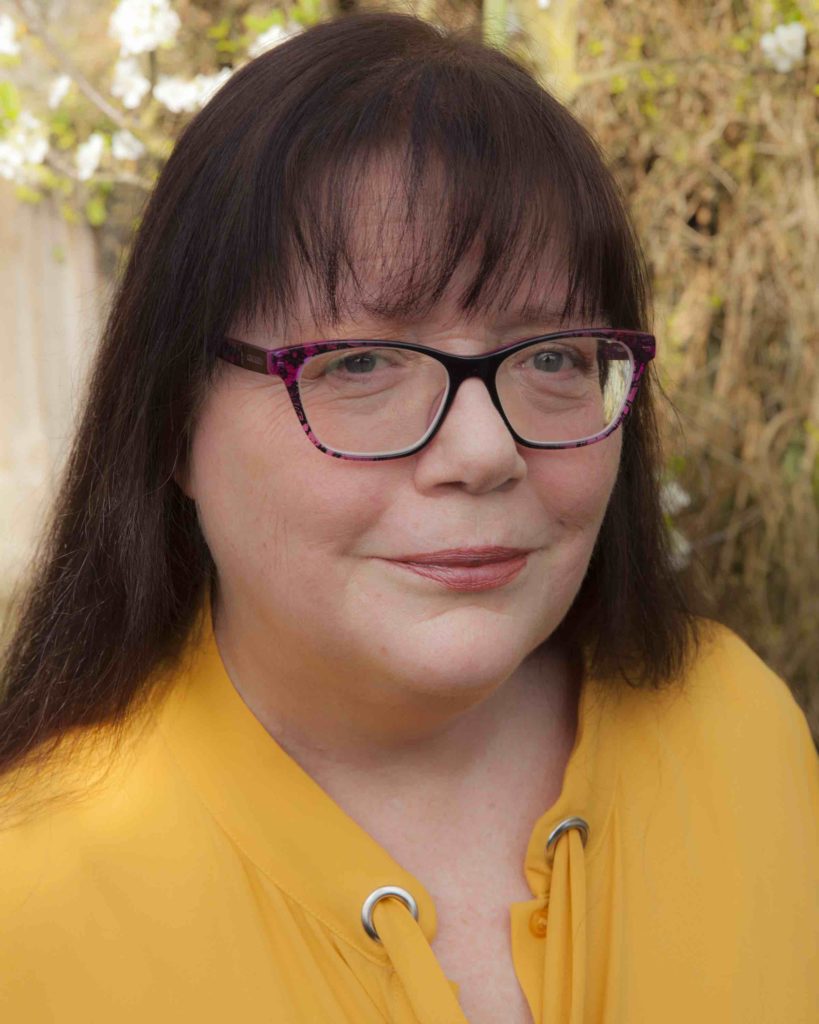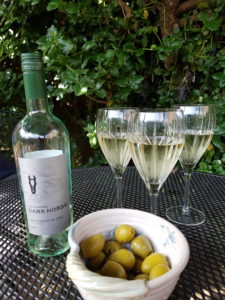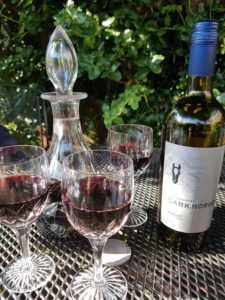Frost reviewed the hardback of The Caller not so long ago, or rather, I did, and now the paperback is on the shelves – grab it. It’s a hide behind the sofa read, but unputdownable: after a tough week – we’ve all had them – a shower and then relaxation seems like a good idea. Tanya Kaitlin thought so too, until her phone rings … And it’s the start of it all.
The video call request comes from her best friend, Karen Ward. Tanya takes the call and the nightmare begins. Karen is gagged and bound to a chair in her own living room. If Tanya disconnects from the call, if she looks away from the camera, he will come after her next, the deep, raspy, demonic voice at the other end of the line promises her.
As Detectives Robert Hunter and Carlos Garcia investigate the threats, they are thrown into a rollercoaster of evil, chasing a predator who scouts the streets and social media networks for victims, taunting them with secret messages and feeding on their fear.
Frost Magazine caught up with author Chris Carter and bombarded him with questions:
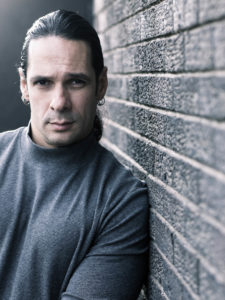
Margaret: Chris Carter, I was totally hooked, but it’s not bedtime reading. It was more a ‘I need to hide behind the sofa and peek out from time to time’
type of book.
Is it based on a real case, or has it come from the inner you? Please tell me it’s a real case or I can never ever be in the same room alone with you. Presumably you have to alter the case to some extent so it isn’t recognizable?
Chris: Sorry to disappoint you, but The Caller is not based on a real case. The idea for the plot did come out of true facts. I can’t say which facts those are, as they are one of the revelations I make towards the end of the novel concerning the killer, but it was after reading a very concerning statistics on a new research conducted in the USA that I began working on the idea for The Caller.
Margaret: It was deftly handled and the tension was like a tripwire. Are you a prolific reader, and learned your writing trade in that way, or did you do as the rest of us, and work with a mentor, or some sort of creative writing support?
Chris: I’m definitely not a prolific reader at all. Far from it. My “to read” shelf is turning into a “to read” library because I never get to read much. I also never had a tutor or mentor. I never took part in any creative writing courses or read any books on the subject. The truth is that I had never planned on writing a book. I never though about a career in writing and I never spent any time thinking up stories or developing characters in my head that I would one day want to write about. My submersion into the world of books – writing books that is – came out of a dream I had back in 2007. In the morning I mentioned the dream to my girlfriend at the time and when I was done she said – ‘You know what, Chris? You should write that story down. It’s a good idea. And I really like the twist at the end.’
So I decided to do exactly that. With absolutely no experience whatsoever, I began writing it. Until then, I had never even written a short story in my life.
To make a very long story short, that dream turned out to be The Crucifix Killer, which became the first book in the Hunter series.
Margaret: I find, as an author with Random House, that the world I create is the only thing of which I am in control. The rest of my life seems to spin off as it will. Would you agree that one of the empowering things about writing is that we are able to create whole worlds that discuss and resolve issues as we wish – basically our worlds are shaped.
Chris: Yes, I would agree with that statement. As authors of fiction books, in our stories, we are God. We can do anything we please, talk about anything we like and resolve any issues as we wish – which can also be quite dangerous.
Margaret: How do you work? Do you plan? Do you have a strict time table?
Chris: I do have a strict timetable, but I plan almost nothing. All of my stories are pretty organic. All I have is a “one-line plot idea” and I start writing, for example – for The Executioner, my second novel, all I had in my had for the plot was – a killer who uses his victims fears to kill them. With that I sat down and began writing the book.
I never really know who the killer will be until usually past halfway through writing a novel. The same goes for how Hunter will figure out who the killer is and why the killer is going around killing people. The basis of my writing is – I will write one chapter and as I get to the end of it I ask myself – “OK, so if this just happened, what would happen next? If I were involved in this case, what would be my next step?” And that’s how the next chapter develops in my head. It can get pretty confusing at times. Actually, it gets confusing all the time, but it works for me.
Margaret: Do you actually enjoy writing?
Chris: I absolutely love it. I love the whole process of it – I love the writing. I love the researching. I love coming up with characters, with villains, with crazy murders, etc. The only bit I’m not very keen on is the editing at the end.
Margaret: I interviewed Frederick Forsyth at my charity’s (Words for the Wounded) Literary Festival a few weeks ago, and we were discussing writers – what they are? We came to conclusion that we are observers, that even when we’re out socialising, or working at something else, we are somehow not fully present. We’re assessing, observing and somehow disengaged.
Worse, even as life is turning upside down we’re thinking how we can use it. What are your thoughts on that?
Chris: I would totally agree with that statement as well. I would just add that as authors we also have to be a tad schizophrenic. We have to be able to think like more than one person at any time, regardless of conviction, belief, race, status, gender, or anything else for that matter. If we are writing an argument scene between a deeply religious old man and a totally agnostic young woman, we have to tap into both of those lines of thoughts and be convincing.
Margaret: What next? Another unputdownable book?
Chris: I am more than halfway through writing my next novel, so yes, there will be a new book in 2018. I can only hope that my readers will enjoy it as much as they have enjoyed all the previous books in the series.
Margaret: As a p.s. Chris, congratulations on your huge success, keep the books coming, keep me scared to death. Bravo.
Chris: Thank you so, so much for your more than kind words.
The Caller by Chris Carter – pb Simon and Schuster UK £7.99

